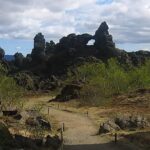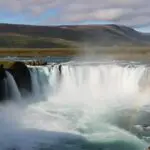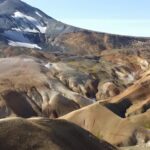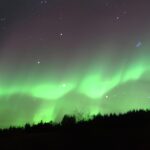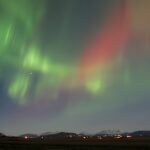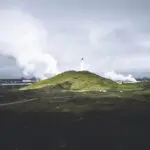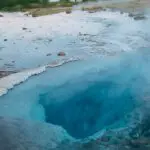You might have heard about the beer ban, the jólabókaflóð, the Northern Lights, the Midnight Sun, and the single-lane bridges. But there are probably a lot of things you haven’t heard about. Like, did you know until 1987, there was no TV on Thursdays? Or that dogs were forbidden in Reykjavik until 2006?
There are so many fun and weird things to know about Iceland. Some might say it was all useless information, but in our opinion, no information is useless!
So here we go! Here are a few lesser-known facts about Iceland.
Iceland Was The Last place on Earth to be Settled by Humans
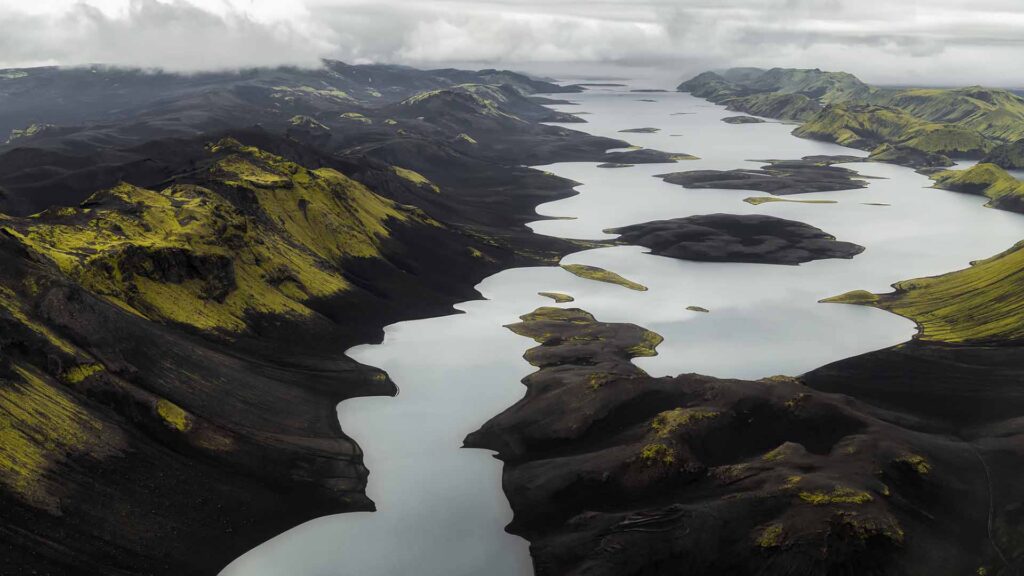
That is if you don’t count Antarctica, but that’s not really a good place for humans to live anyway. Iceland has one of the youngest landmasses on the planet and was the last place to be settled.
Some believe Iceland was found by accident, but it wasn’t really. It is believed Norwegians came in the second half 9th century to settle Iceland. But there are stories about “papar,” Gaelic monks being here before them, and some research confirms this. The Norwegians had heard stories about an island west of Norway and wanted to check it out.
An excavated cabin believed to have been abandoned in 770 and 880 shows it was built before the traditional settlement date of 874.
Iceland’s National Sport is Handball
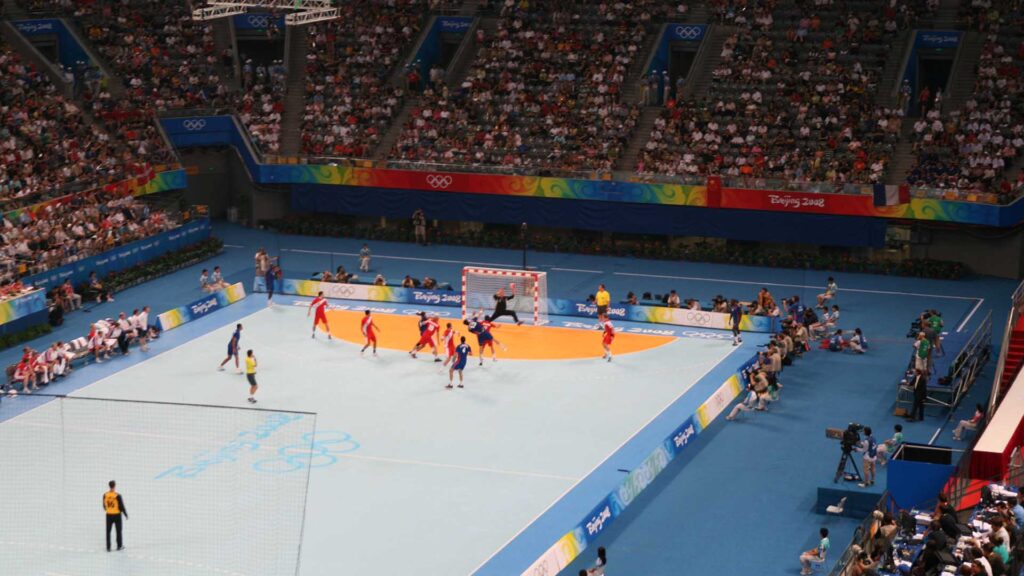
Yes, you read that right. Football has become increasingly popular recently, but handball is still our national sport.
For those who don’t know, handball is played between two teams of 7 players on a rectangular field. The objective is, just as in other ball games, to score the other team’s goal. Each game is 60 minutes long, and the team with more points wins.
The Icelandic team won silver at the 2008 Olympic Games in Beijing. Something we’re very proud of!
The Only Native Mammal is The Arctic Fox
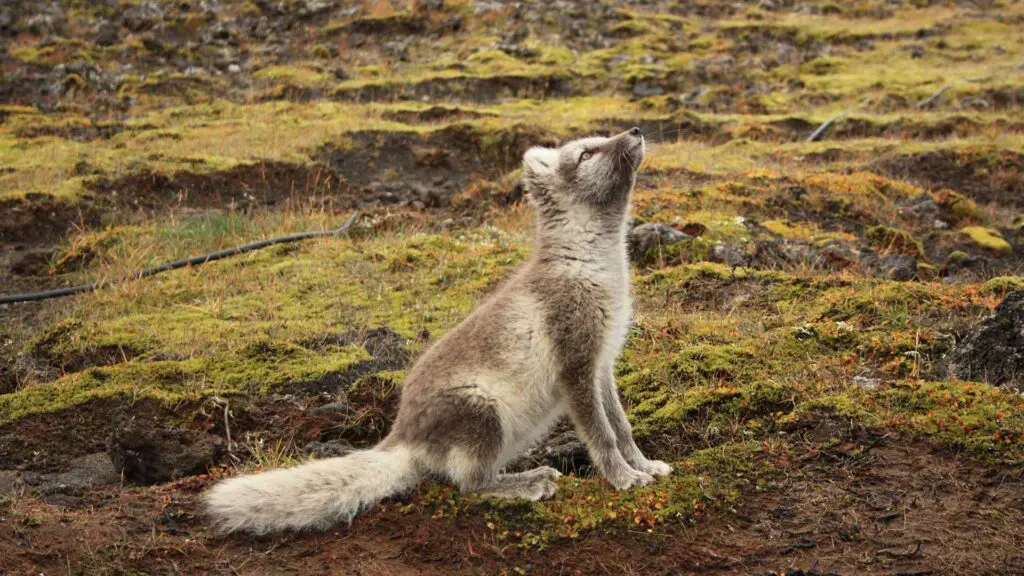
It is believed the Arctic fox came to Iceland during the ice age some ten thousand years ago and then got cut off from the Arctic when the ice melted.
While there are only one fox species in Iceland, we have two color variations. One is brown all year round; the other is brown in the summer and white in winter. The wholly brown one is more common.
It’s different between places in Iceland in which color is more prevalent. In the Westfjords, over 80% are brown all year round. In contrast, about 50% of foxes in the East Fjords become white. The white gene is considered recessive, so both parents must have the white gene for the pups to become white.
What is interesting is that almost 100% of all foxes in North America become white. At the same time, in the North American islands and West Greenland majority is brown all year round.
The Arctic Fox has been isolated for so long in Iceland that some consider it a subspecies.
The Westfjords are a great place to see cute foxes. We recommend you check out the Arctic Fox Center in Súðavík.
Íslendingabók – The Book of Icelanders
Most Icelanders can trace their lineage back to the Viking Age. It was made easy some years ago when the online family tree database Íslendingabók opened. Icelanders have historically been very good at keeping up with their family trees. We even made the first complete census of a country in 1703 (and it is now registered with UNESCO as a memory of the world).
Then we have the church books where priests (mostly) diligently registered everyone who was born and who died.
You might have seen news articles about how Icelanders have an app for going out on the town to check if they’re going home with a relative.
This isn’t true. Well, there was an app for Íslendingabók, and the programmers added a fun add-on that would show people quickly how related they were. But it was not intended for dating, and it rarely, if ever, happens that people don’t know if they’re closely related or not.
That said, most Icelanders have a common ancestor 8 to 9 generations back. Also, that app doesn’t exist anymore.
Iceland has Europe’s Largest Glacier, and Reykjavik is The Northernmost Capital
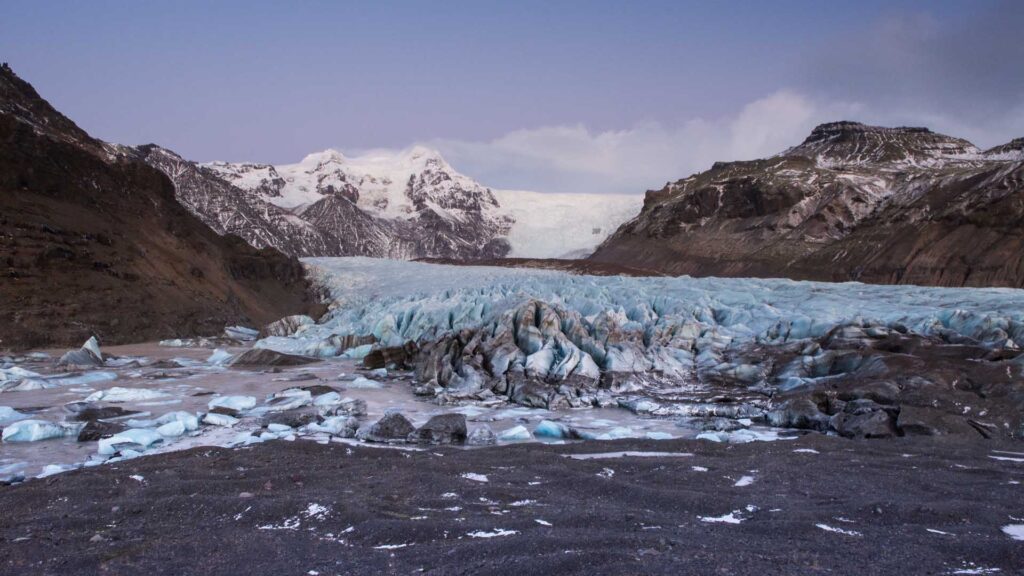
Neither of those factoids is true, sadly. Reykjavik is the northernmost capital of a sovereign nation, but Greenland’s capital Nuuk is further north than Reykjavik.
Vatnajökull also isn’t Europe’s largest glacier. Russia’s Severny Island ice cap of Novaya Zemlya is much larger. But it’s Europe’s second-largest glacier, at least! And it is pretty huge; it covers about 11% of Iceland (7800 km2 / 3100 sq mi).
No Mosquitos in Iceland and Antarctica
It is true; there are no mosquitos in Iceland.
But we do have midges. Honestly, they are probably worse, as you can hardly see them. And they like attacking you while you sleep! According to those in the know, midges have been in Iceland for decades. However, midges seem to like the rising temperatures. They are more common inland and when the weather is calm. The midges you see (especially in Mýtvatn) don’t bite, however. It’s their nearly invisible cousin that bites.
We can only say that the perpetual wind near the coast finally has something going for it! Also, if you are somewhere where midges live, you can keep them out by closing the windows during the evening and night or keeping a fan near the window to circulate the air.
And finally, we do not have any snakes, poisonous spiders, or scorpions. We do have 2-3 species of wasps, though.
Icelanders Drink Almost the Most Coffee in The World

Icelanders say they are the best in the world at things … per capita. Like, in 2008, the systemic banking collapse was the largest experienced by any country in economic history, relative to the size of the economy.
We also sometimes say Icelanders drink the most coffee in the world, per capita, of course. But that isn’t true, sadly. We are in third place. Our neighbors Norway and Finland, which experience more darkness in the winter months in some parts of their countries, drink more.
Finns drink 12kg / 26 lbs per person a year, Norwegians drink 9.9kg / 22 lbs per person, and Icelanders only 9 kg / 20 lbs, for shame.
Not to worry, though; that doesn’t mean we don’t have any coffee houses! We have plenty and have even made a list of the best coffee shops in Reykjavik. Just know that we don’t really make decaffeinated coffee, and you will not readily find it anywhere.
Almost Best in Gender Equality and Happiness, Definitely Best in Peace
Iceland consistently ranks in the top 5 of the Human Development Index and the World Happiness Report. However, we are consistently in first place on the Global Peace Index! And Iceland is in first place in the World Economic Forum’s Global Gender Gap Report (which measures gender equality).
That doesn’t mean that we don’t have any crime here or that we have achieved complete gender equality. But we are peaceful and pretty equal. This is one of those wholesome lesser-known facts about Iceland!
Dogs Were Banned Until 2006
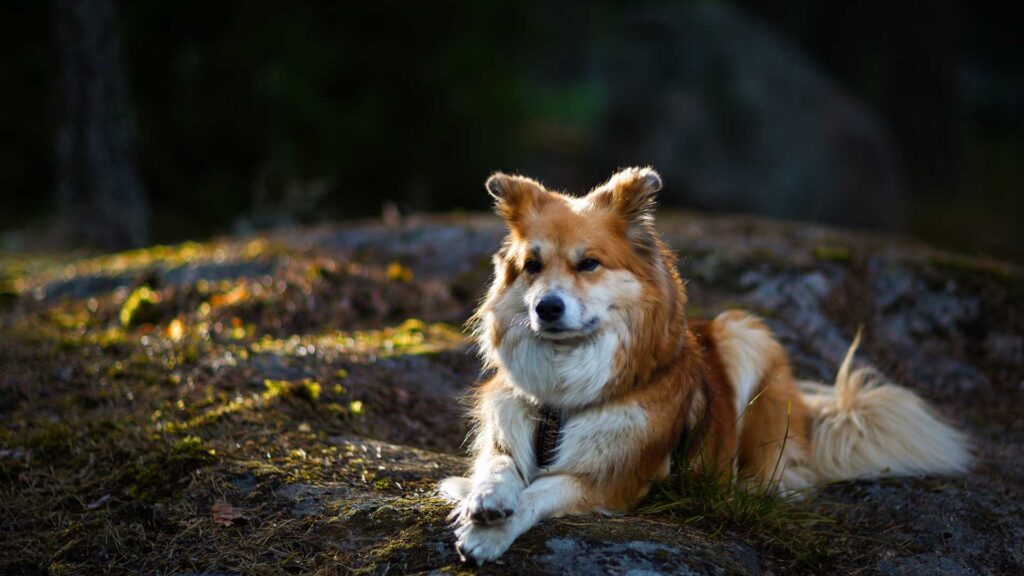
In Reykjavik, dogs were completely banned until 1984. The rules were changed then, and you could have a dog if you applied for an exemption from the rule.
The application was hardly ever denied, but it wasn’t until 2006 that dogs were permitted. You still must register them and pay, but today’s rules are much laxer than they were.
Parents Leave Their Babies Out in The Frost to Sleep
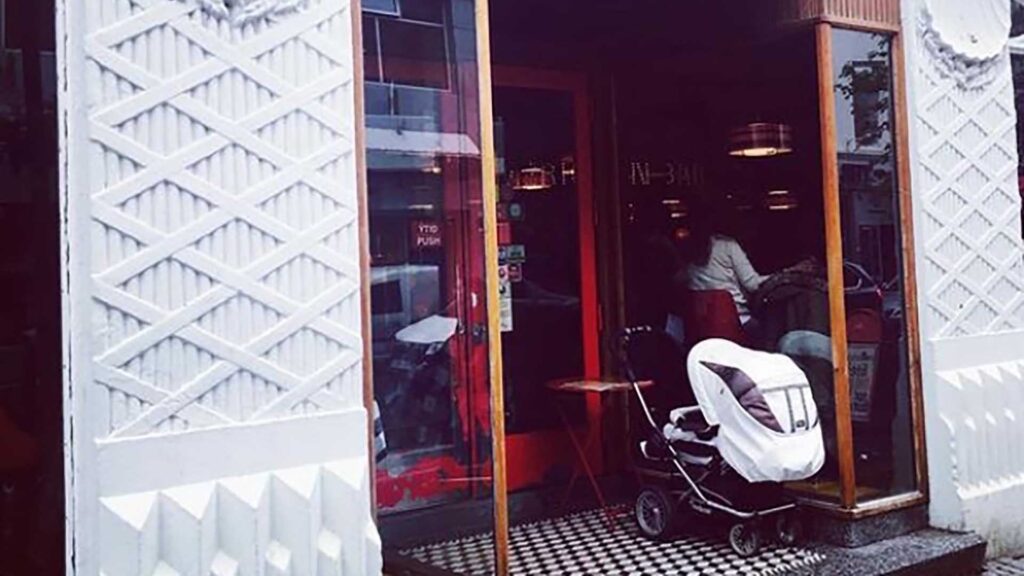
Another lesser-known fact about Iceland is that it has long been a custom for Icelandic parents to leave their children out to sleep outside in a baby carriage. They, of course, wouldn’t leave them out in extreme colds or storms.
The general rule is that babies need to have reached three weeks (and more than 3 kg in weight) to sleep out in the summer and four weeks (and more than 4 kg in weight) to sleep out in the winter.
The reason why babies were put out to sleep was due to cramped living quarters. People generally don’t have that problem today, and there is no need to put babies out to sleep, but it’s still done.
No TV on Thursdays or in July
Until 1966, Icelanders had to make do with “American TV,” a TV station based on the American Military Base near Keflavík Airport. In 1966 the Icelandic National Broadcasting Service or Ríkisútvarpið (RÚV) launched a TV station. However, there was no TV on Thursdays because the Government wanted people to spend more time together. To be fair, in the beginning, they only broadcast on Fridays and Wednesdays, but quickly they started broadcasting every day except Thursdays.
This practice wasn’t stopped until 1987, a year after Stöð 2 (Channel 2) launched. RÚV realized it wasn’t viable for them to keep this up since now they had competition.
Until 1983 there was no broadcast in July since it was decided that everyone should go on summer holiday during the same month.
Sólarfrí and Gluggaveður
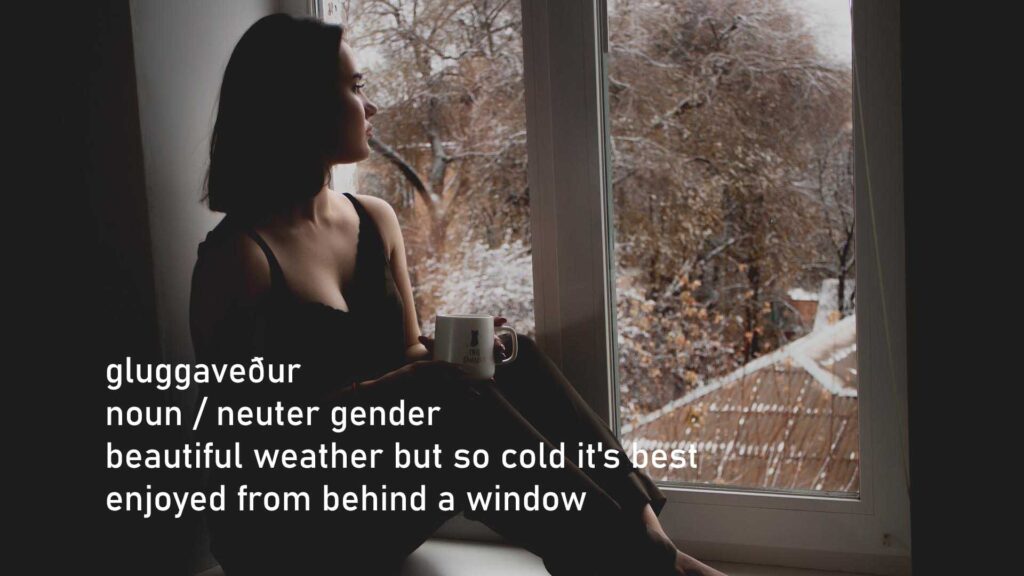
Sólarfrí or Sun Vacation is where companies give their staff members the day off or let them leave early when the weather is perfect. It doesn’t happen very often, but you might see stores or companies closed at random times when the weather is perfect. This is one of our favourite lesser-known facts about Iceland!
Gluggaveður, or window weather, is the exact opposite. The weather looks very nice, but it is much colder than it looks. This is common during the winter months. The sun is shining, the ground is clear, and there doesn’t seem to be any wind. Then you go outside, get blasted with piercing northern winds from the arctic, and shrink back inside.
The Icelandic Horse Has Extra Gaits
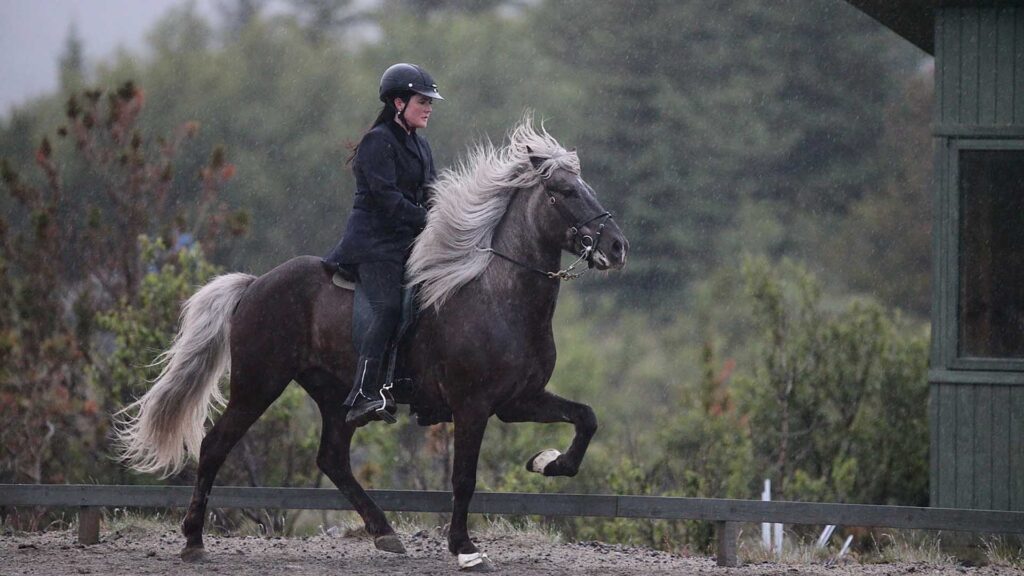
And yes, it is a horse, not a pony. But what makes them extra special is that they have two additional gaits! The Icelandic Horse has the walk, the trot, the canter, the tölt, and the flying pace. Pretty cool.
- The walk is a slow and natural four-beat gait, where two hooves always touch the ground.
- The trot is a two-beat gait, faster than a walk. It is sometimes called a diagonal gait, as the Horse simultaneously lifts a hind leg and a front leg. In mid-stride has all four hooves off the ground.
- The canter/gallop is an easy, three-beat rhythm. Instead of moving directly forward, the horse “canters” slightly diagonal to one side. It is a bit strenuous, as the four hooves lift from and touch the ground in an odd-numbered sequence; two legs must simultaneously bear the entire weight.
- The tölt is a natural, fluid gait during which at least one foot is always on the ground. Foals often tölt in pastures at an early age. It is an extraordinarily smooth four-beat gait, which allows the rider an almost bounce-free ride, even at 32 km/h or 20 mp/h.
- The flying pace is a fast, high-speed gait (48 km/h or 30 mp/h), during which both legs simultaneously touch the ground on one side of the Horse. The gait is used for short distances. It can equal the speed of a full gallop and is thus primarily used for racing. It’s a two-beat gait; all four hooves are suspended from the ground at one interval.
Please signup HERE for our newsletter for more fun facts and information about Iceland!

